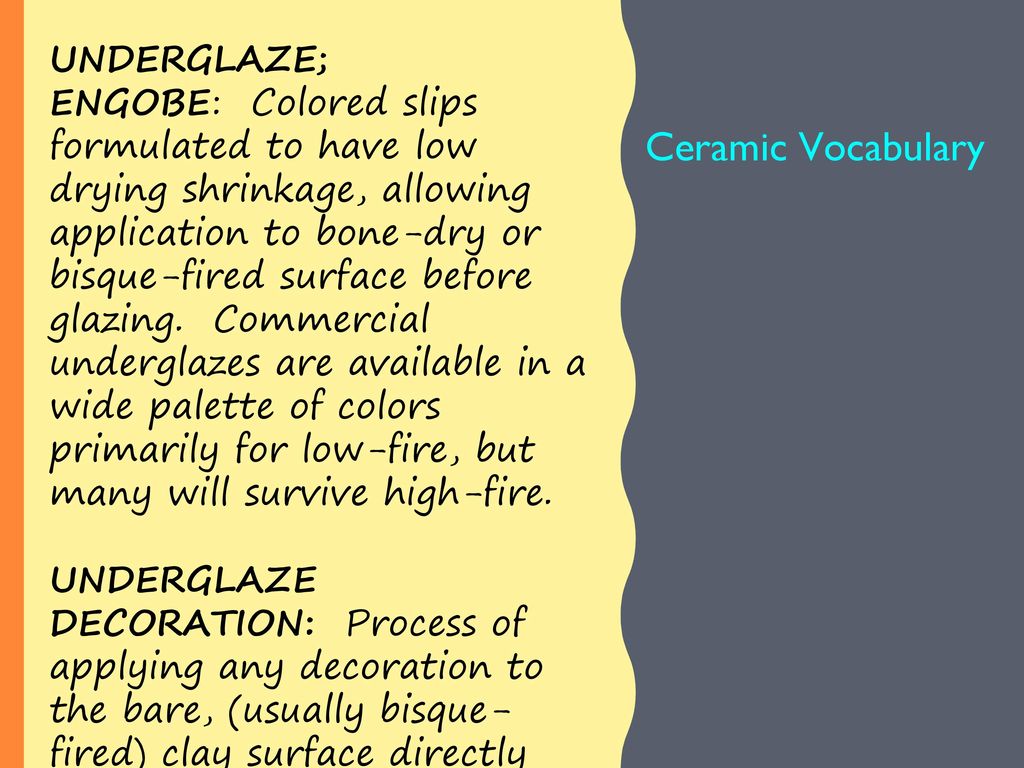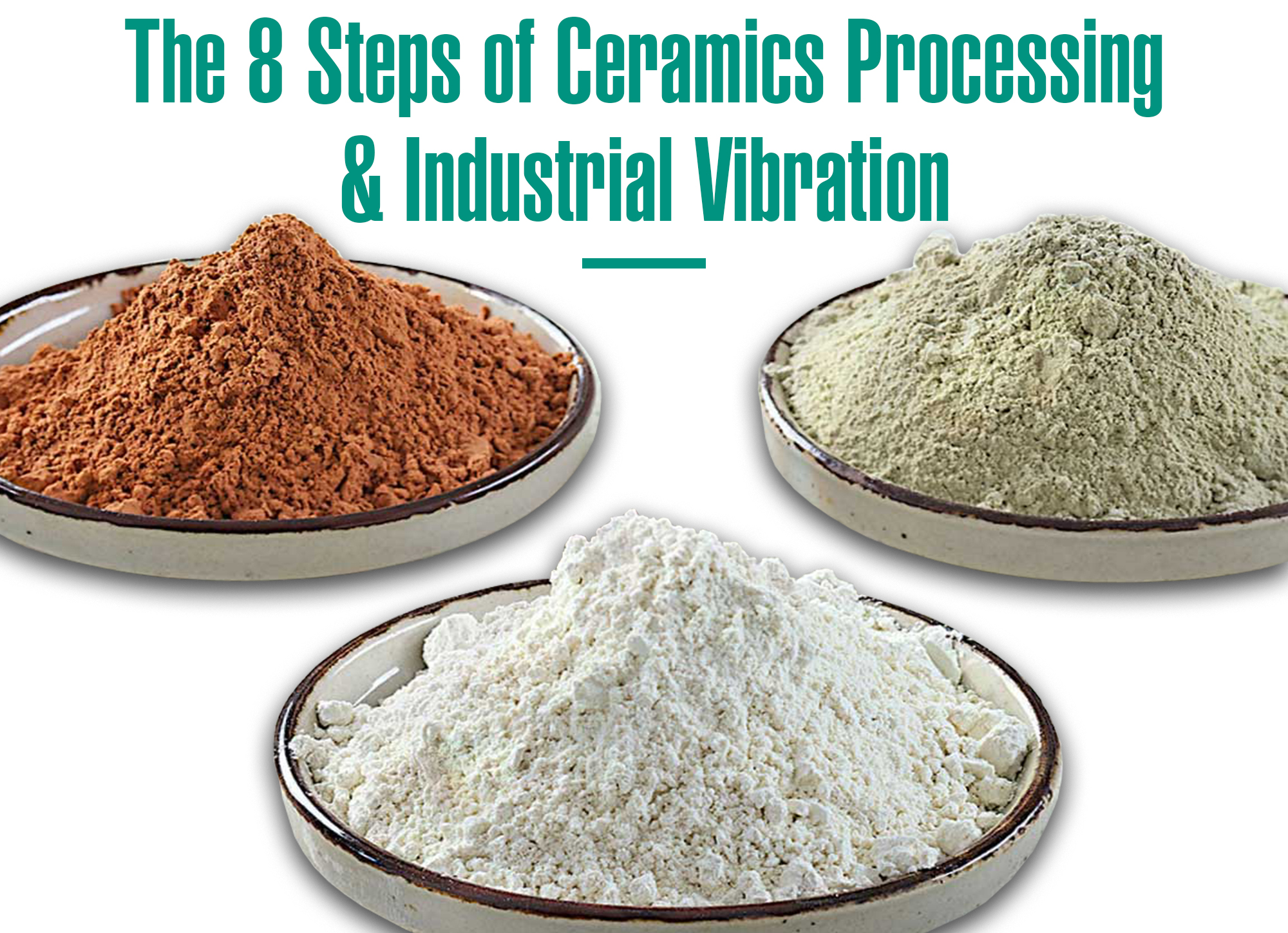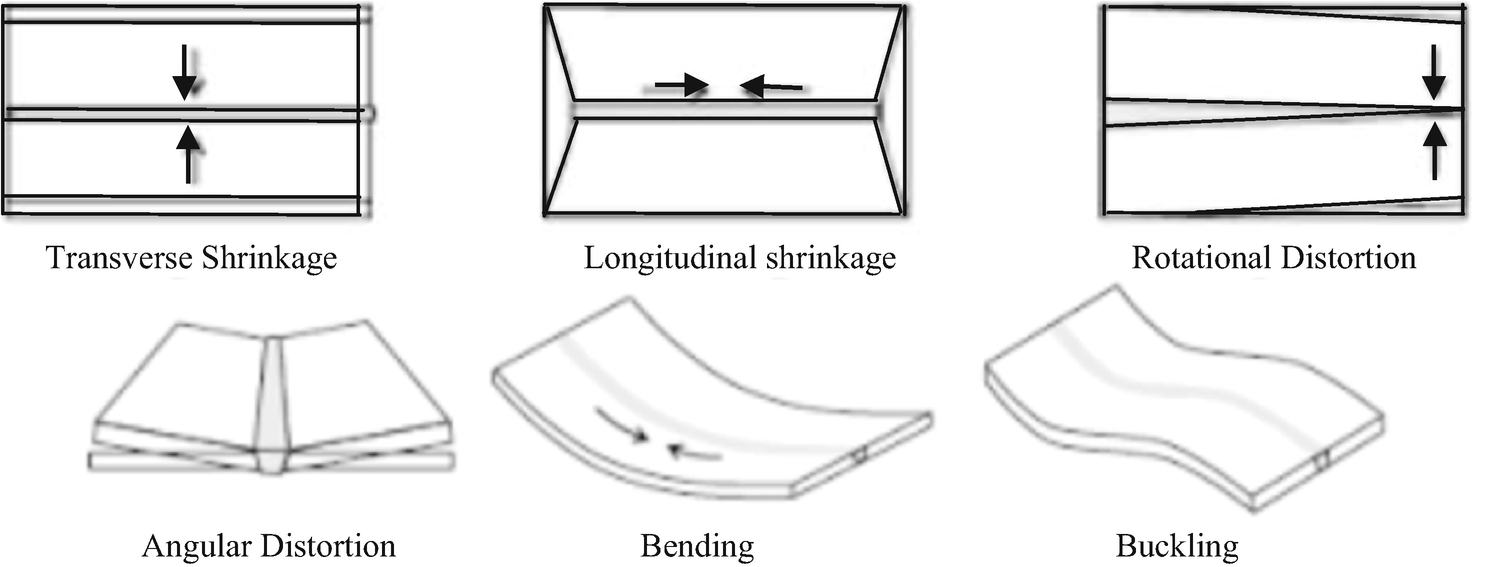The quicker that cooling occurs the more likely it is that your object will warp no matter how many steps you ve taken to prevent it.
Explain why ceramic parts warp or distort during drying.
Ceramic parts may warp during drying because of uneven shrinkage across the part due to uneven diffusion and evaporation of moisture.
The covid 19 time warp.
Thinner and completely surrounded by air edges are another vulnerable area where fast or uneven drying can cause warping and cracking.
These of course also result in longer drying times.
The moisture loss can be made more uniform by drying the ceramic in a more humid or less hot environment.
These of course also result in longer drying times.
Clay drying process wrap edges.
Ceramic parts may warp during drying because of uneven shrinkage across the part due to uneven diffusion and evaporation of moisture.
What precautions should be taken to avoid this situation.
The moisture loss can be made more uniform by drying the ceramic in a more humid or less hot environment.
This is why eliminating all drafts while you re printing is extremely important if you want to reduce the instances of warping.
Why it feels like time has slowed during this pandemic.
There s a gain or loss of moisture content water.
To protect thin edges tear up plastic strips and place them on the rims of still damp pots slowing the drying process.
You might also like.
Since the mixture used to make the green casting is not perfectly homogenous nor the piece of exact same thickness the drying rate or evaporation rate of the moisture in the part varies thus the shrinkage rate changes causing distortion and warping.
The quick answer to why wood warps is simple.
Explain why ceramic parts may distort or warp during drying.
And we ve been told to give lumber time to acclimate to our shop surroundings before milling operations begin.
Pieces held together due to the toughness of the plastic layer in between the two glass layers windshields explain why ceramic parts distort or warp during drying because of uneven shrinkage across the part due to uneven diffusion and evaporation of moisture.




























